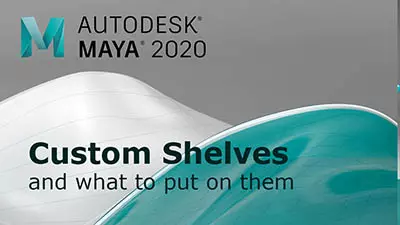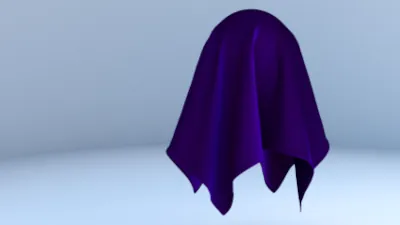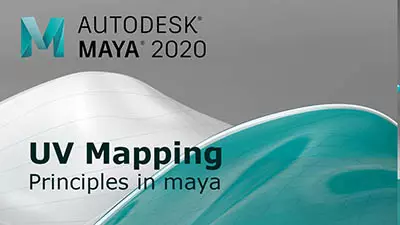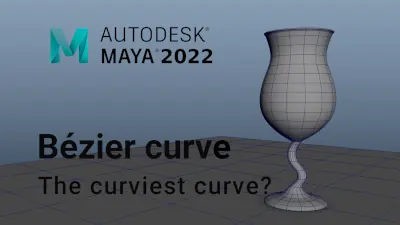
So far, what I have come up with is something like this:

The shadows are much too sharp, and the surfacing / material application is not what I am used to from 3DSM and Lightwave.
I am looking to make materials such as:

How do I make the shadow fall off like that? I have played around with shadow mapping and can't find something that looks like 'falling off'
Also, how would I make a material that has translucent qualities like this?
Thanks for any insight:
Here is the scene I did for the red sphere











